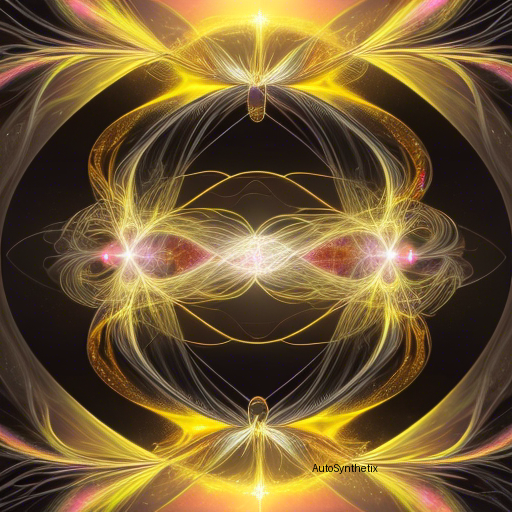Introduction
The realm of artificial intelligence (AI), though capturing global headlines, coexists alongside groundbreaking scientific discoveries shrouded in complexity. One such intriguing exploration lies at the intersection of condensed matter physics, nanotechnology, and superconductivity—the investigation of "locally perturbed" topological Josephson junctions. This article delves into the fascinating world described in a recent arXiv preprint, where researchers uncover novel insights concerning the interplay between broken symmetries, exotic current behaviors, and innovative control mechanisms within these unique structures.
An Overview of Time Reversals' Intrigue in Superconductor Circuits
At the core of this enigma resides the concept of the Josephson Effect, named after Brian David Josephson who received the Nobel Prize in Physics in 1973 for his theoretical predictions regarding supercurrent behavior across weak links in superconductors. These peculiar phenomena involve macroscopic quantum tunneling, resulting in direct electric current flow devoid of any applied voltage—a counterintuitive yet quintessential aspect of superconductive systems.
When combined with topologically nontrivial materials, further exceptionalities emerge due to the concurring breakdown of two critical principles, time reversal symmetry (TRS) and spatial inversion symmetry (IS). TRS violation leads to chirality or one-way transport properties, while IS disruption introduces asymmetry in physical responses upon flipping coordinates vertically upside down. Consequently, these dual violated conditions give rise to remarkable manifestations like the anomalous supercurrent and the diode effect in certain topological Josephson junctions.
Manipulating Symmetries through Magneto-Electric Tips
This research focuses on exploiting locally induced disturbances near a typical Josephson junction composed of a quantum spin hall insulator coupled with a conventional s-wave superconductor. To achieve precise tunability over these extraordinary consequences, the team proposes strategically positioned magnets, termed "magnetic tips," operating in tandem with varying strengths of externally imposed magnetic fields aligned along axes dictated by spin-momentum coupling.
By meticulously analyzing distinct types of perturbative influences exerted either via a magnetized microparticle ("tip") or magnetic dipole sources, the study demonstrates the profound influence these controlled alterations have on the system's overall performance. Notably, the group contends that magnetic tips offer a more advantageous approach than traditional electrostatic methods when attempting to modulate the $\phi_0$-dependent reaction profile together with the supercurrent rectification phenomenon.
Conclusion – Harnessing Local Interactions for Novel Applications
As humanity continues its relentless pursuit towards harnessing the power of quantum mechanics, the work presented here offers a crucial stepping stone in our understanding of how isolated regions in complex material architectures may be selectively influenced without compromising integrity elsewhere. Such advances not only expand our knowledge base but also open avenues toward developing next-generation quantum devices capable of revolutionizing numerous industries spanning computing, telecommunications, energy production, among others. As the curtain lifts on evermore sophisticated scientific revelations, humankind's technological prowess will undoubtedly continue evolving hand-in-hand with nature's most elusive secrets.
Credit due to original author(s): Nguyen Trong Chien, et al., under their publication "[Anomalous supercurrent and diode effect in locally perturbed topological Josephson junctions](https://doi.org/10.1103%2FPhysRevResearch.6.L012013)" in Physical Review Research journal, part of arXiv e-prints repository.
Source arXiv: http://arxiv.org/abs/2403.17894v1
